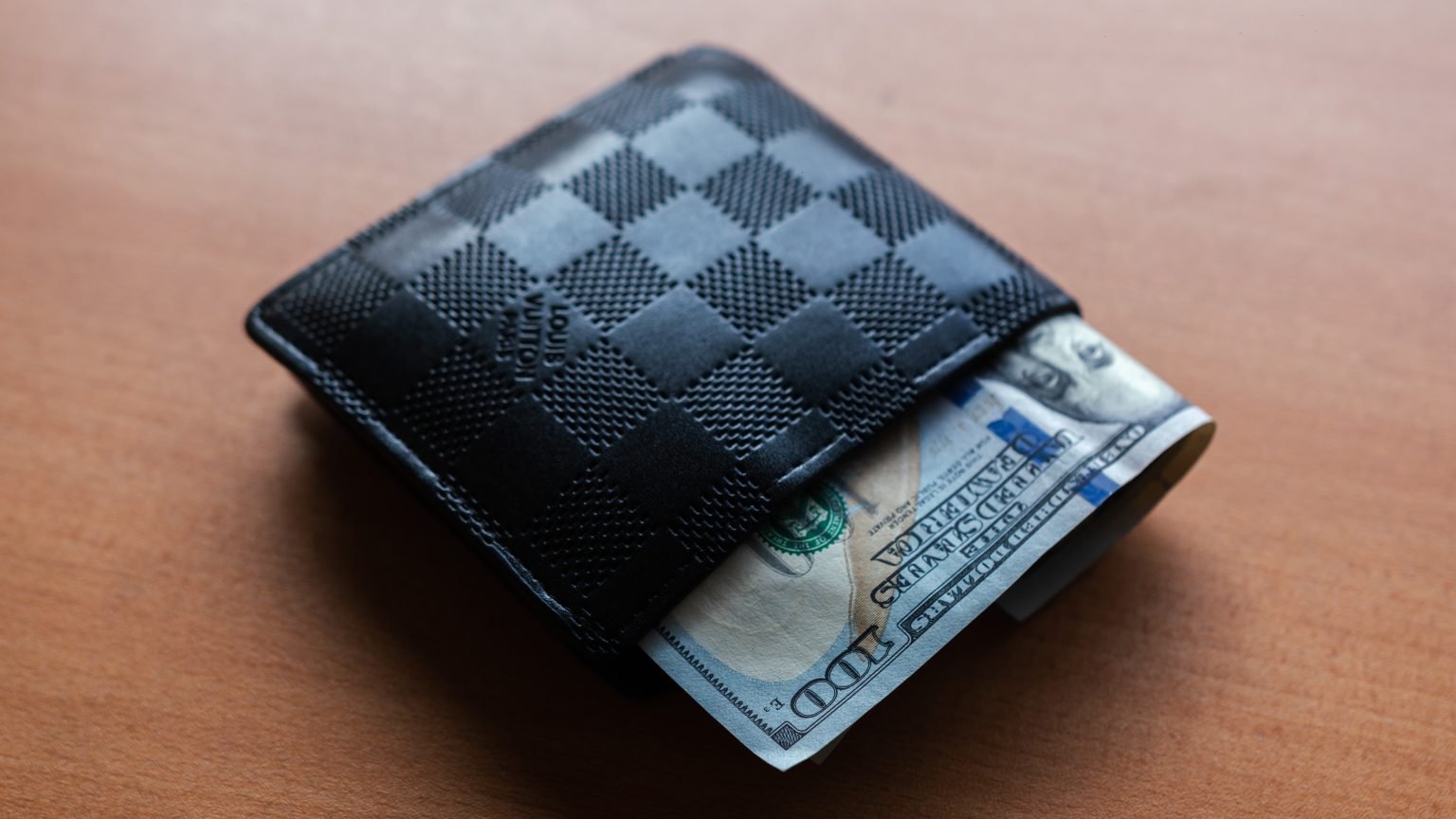
ECONOMYNEXT – Sri Lanka’s central bank has defended its inflationary open market operations where money was injected to overtrading banks pushing up deposits at its standing window to 200 billion rupees by October 29.
Barely a month ago deposits in the window were around 100 to 120 billion rupees.
That was because foreign banks which did not lend in the interbank market due to risk limits. This has been well reported earlier. The volumes came down as confidence increased.
Related Sri Lanka injects Rs130bn outright amid high private sector sterilization
However, by freely injecting money to overtrading banks, this amount has now gone up to 200 billion rupees.
While some of the money comes from central bank purchases of dollars, the liberal open market operations are also responsible for the balance.
The central bank in an explanatory note has said that if it did not do so, interest rates would have gone up to very high levels.
However, that is a highly misleading statement. Due to its standing facility, overnight rates cannot go above 9.25 basis points.
The central bank in its explanatory note has said that money printing is buying securities from the primary market for Treasuries, which has been prohibited under the new law and that open market operations are a standard or normal practice.
In Sri Lanka, until there was a public outcry from around 2004 onwards, especially in the financial media, buying directly at auctions was also considered a standard practice.
In countries with chronic monetary troubles, many liquidity operations are considered ‘normal’. That is why they have problems.
In fact, it may be recalled that at one time the central bank also used to publish the volume of its take-up at each Treasuries auction until the disclosure suddenly stopped.
It may be recalled that when the media started to question direct purchases, similar denials were issued. These reports are available for anyone to see. Here is an example.
It must also be recalled that during the time of Governor A S Jayewardene and for several years later the daily disclosed central bank treasuries stock included open market operations volumes. It is no longer so in both directions.
The statement also claimed that reserve money (as defined) has not increased in line with the injections. This is also a claim that was made during the last crisis, when the media and other analysts protested the rising injections of liquidity by the acquisition of Treasury bills, which were leaking as foreign reserve losses.
In addition, the way Sri Lanka’s reserve money is defined, the aggregate overnight balance (at the very least) is not included in reserve money and therefore when overnight liquidity rises, it does not show up in ‘reserve money’.
That is why, when the SRR is cut, the very next day, reserve money appears to drop, even though the money is available for final clearing of transactions in the economy.
Eventually it is used up in credit and imports which will result in further reserve losses as OMO money will also be used when private credit picks up. When SDF restrictions were introduced, reserve money appeared to be jumping up and down.
So that explanation has no merit.
Injecting money far below its lending facility rate (including two basis points above the standing deposit facility rate) is an extremely questionable practice when the lending rate is supposed to be 9.25 percent.
Having said all that, as the column published in EconomyNext itself explained, the central bank has done a very good job for over two years where it was in fact ‘unprinting money’, building fx reserves and providing external and internal monetary stability to the country since 2022.
Related
Sri Lanka prints Rs100bn through open market operations
Some of the earlier injections were to partly compensate for over selling Treasuries.
However it is an increasingly risky practice to engage in when the economy and private credit recovers.
That is why Sri Lanka (and other countries with flawed central bank operational frameworks) have balance of payments troubles when the economy is doing well.
It is very good that these debates are taking place. It is to be hoped that like the discourse that started over 15 years ago on direct auction purchases, the debate on open market operations will lead to more circumspect domestic operations in the future and perhaps legal restrictions as well.
These could include the outlawing of outright purchases (outright purchase are conceptually the same as direct purchases at auctions) and restrictions on the length of term operations.
At the very least open market operations beyond one day should be on an upward sloping penal interest rate curve, not below the overnight rate as it is happening now. To prevent external trouble OMO and routine LOLR facilities in general, should be to clear transactions, and not to finance them.
It must also be noted that until the direct purchase restriction, aggressive open market operations were not required to push down rates and trigger forex shortages (when private credit picked up) because the central bank could freely purchase bills at the auction. (Editor)
The full statement by the central bank is reproduced below to take the debate forward:
Link to English text here
